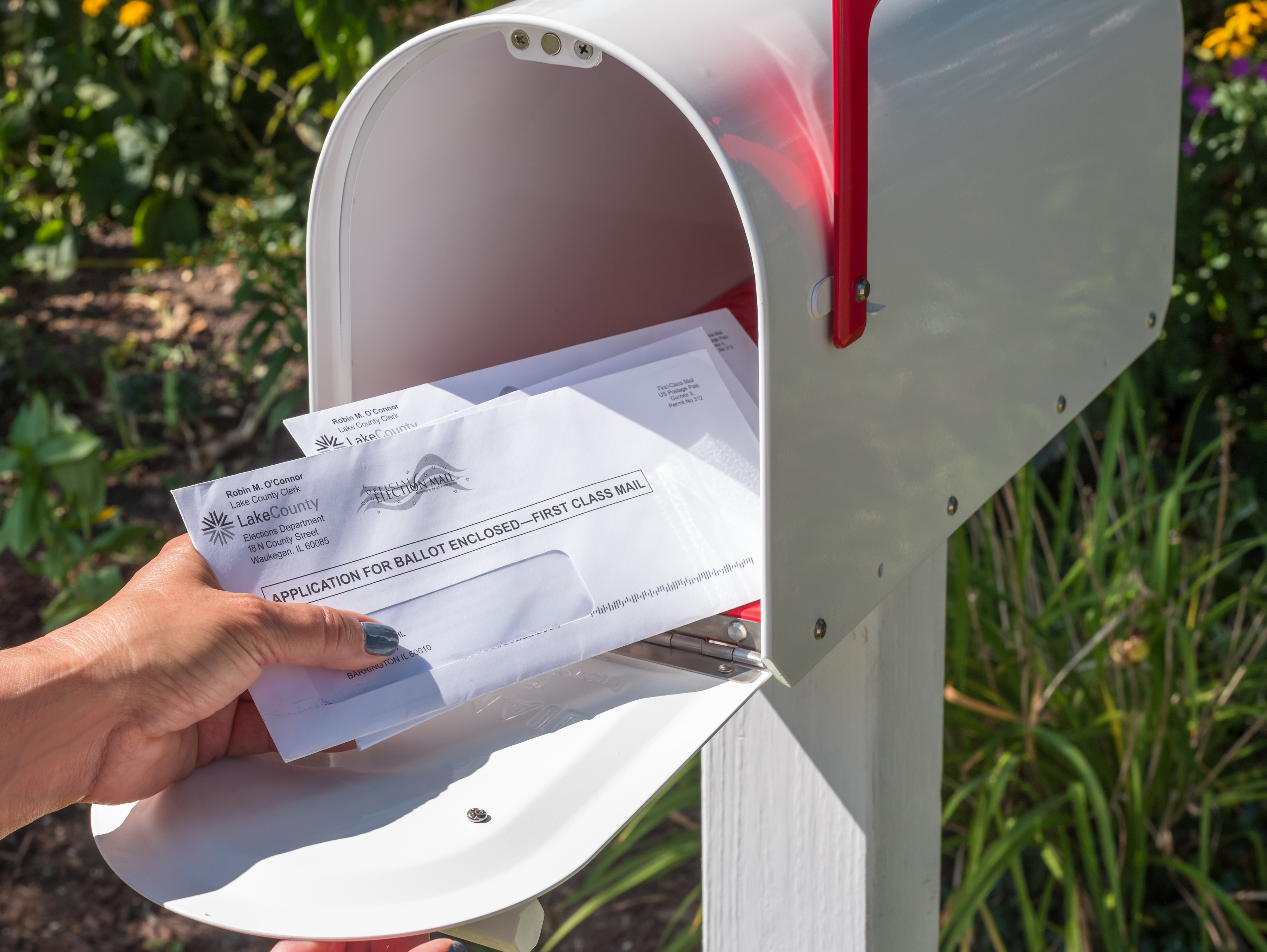This story was originally published by Mountain State Spotlight. Get stories like this delivered to your email inbox once a week; sign up for the free newsletter at mountainstatespotlight.org/newsletter
Tens of thousands of West Virginians could lose utility assistance as the Trump administration proposes ending a program that helps low-income households pay their power bills.
The Low-Income Home Energy Assistance Program helps households across the country pay to cool and heat their homes. The program also offers emergency assistance to folks who are at risk of being cut off by their power company.
In 2022, the program spent $52 million to help nearly 60,000 families in West Virginia heat their homes. But that was less than a third of the more than 200,000 West Virginians who qualified for the program.
The loss of the program would be “detrimental” to West Virginians who have relied on this program, said Mary Chipps, executive director of the West Virginia Community Action Partnership.
The West Virginia Community Action Partnership is a nonprofit association of Community Action Agencies, which help assist and support low-income communities. The 16 agencies in the coalition work with the state to connect the agency with families in need of utility assistance.
The state Department of Human Services runs the program with funding through the U.S. Department of Health and Human Services.
“It’s an income-based program so that many of them are low-income families, seniors, people with children, and they could be without heat if this utility assistance isn’t available to them during the winter months,” Chipps said.
Almost 80% of those served by the program in 2022 were families with either a senior, young child or member with a disability.
The proposed cuts
In its budget for fiscal year 2026, the White House proposed cutting the program and its $4 billion funding, calling it “unnecessary.” Instead, the administration said it would support low-income households through “energy dominance, lower prices, and an America First economic platform.”
The budget, which was submitted to Congress on May 2, also used a 15-year-old audit by the Government Accountability Office as additional justification to end the utility assistance program.The White House wrote that the report raised “significant program integrity concerns
related to fraud and abuse” in the program.
In 2010, the GAO found that the program was “at risk of fraud and improper payments” in seven states, noting that the identities of 11,000 dead people were used to apply for program benefits.
The agency also reported that while using fabricated documents and bogus addresses, agency operatives were issued assistance.
The GAO recommended six actions for the federal agency to take to “better prevent fraud” within the program, which HHS agreed with. The audit was closed after the agency implemented the recommended changes, including allowing states to collect Social Security numbers to ensure people qualified for the program.
HHS Secretary Robert F. Kennedy Jr. was questioned about the White House’s proposal during a budget hearing in front of the House Appropriations Committee last week.
He told the committee that he is “very conscious” of the program’s importance to low-income families across the country. Kennedy also told lawmakers that he believes the White House’s reasoning to end the program is because the Trump administration’s policies will reduce energy costs and if that happens, then the program will be “just another subsidy to the oil industry.”
“If it doesn’t happen, then Congress is welcomed, and they should appropriate the money” for the program, he said. “And I will spend it.”
Angel Hightower, a spokesperson for the state’s Department of Human Services, said the agency is aware of the discussions around the program’s funding and is continuing to monitor them.
“Should there be any changes to federal funding, we will work diligently to assess the potential impact and explore all available options to support families in need,” Hightower said in a statement.
In April, the federal agency laid off the employees who oversaw the program at HHS, which was part of the ongoing effort to reduce and restructure the agency. Following the firings, the White House then proposed getting rid of the program altogether.
Cuts come as West Virginians struggle to keep up with rising power costs
Since becoming a Social Security recipient, 73-year-old Ellen Mills-Pauley has qualified for the program. The help has made it easier for her to get by.
But without it this month, the Putnam County resident found other ways to make ends meet.
“I’ve got a couple of jobs possibly this week that will enable me to catch up a late gas bill,” she said. Mills-Pauley said she would have been caught up with help from the program, “but that’s not an option this month.”
Along with the program’s regular assistance, Mills-Pauley has also used its emergency assistance to pay a late bill, preventing her gas from being shut off. Roughly 7,500 households received an average of $385 in 2022 through the program’s emergency assistance
“It’s been helpful,” she said. “I could say for the last five years, it’s been very helpful.”
The program, which is also known as LIEAP or LIHEAP, also provides funding to help
low-income homeowners replace their unsafe or non-operable heating or cooling systems.
The proposal to end the program comes at a time when folks across the state are struggling to keep up with their rising power costs, especially in the winter.
“There’s been an increased need for utility assistance,” Chipps said. “So cutting or no longer having that money is going to leave a lot of people in West Virginia with the possibility of not having heat in their homes.”
While Mills-Pauley is able to work something out to pay her gas bill, she worries about the other West Virginians who can’t.
“I’m not exactly sure where we go from this point when we’re not going to have that assistance for low-income people,” she said. “I’m not sure anybody cares.”
Reach reporter Sarah Elbeshbishi at sarah@mountainstatespotlight.org















